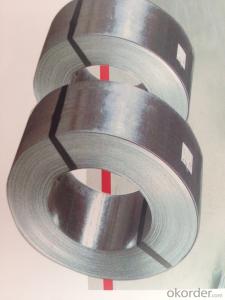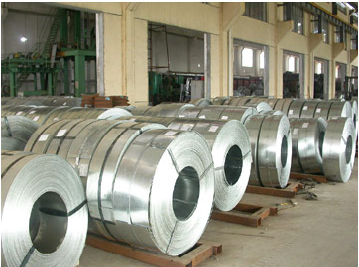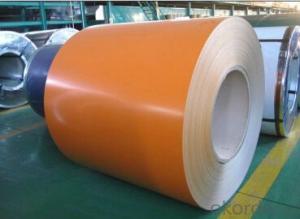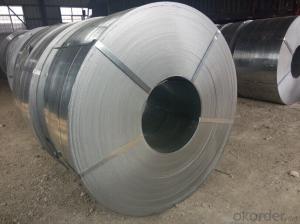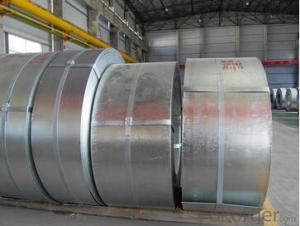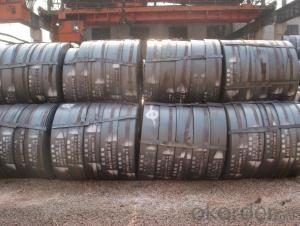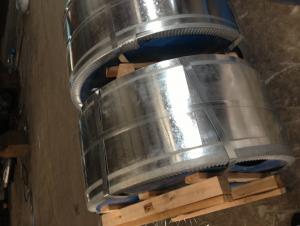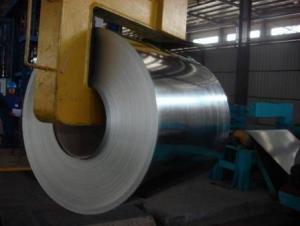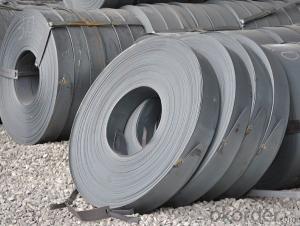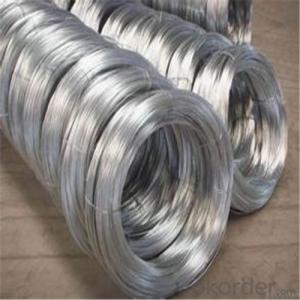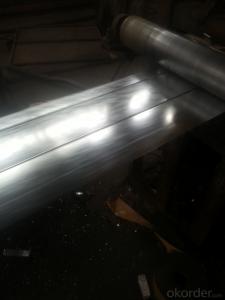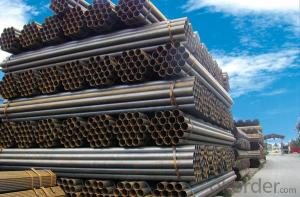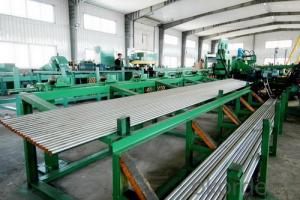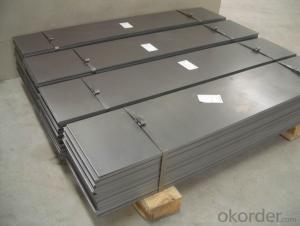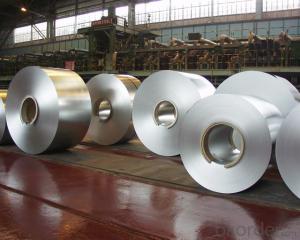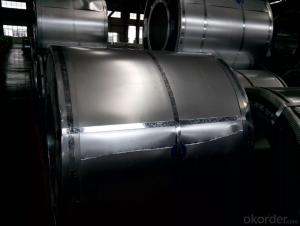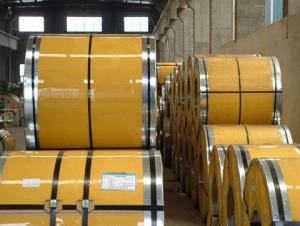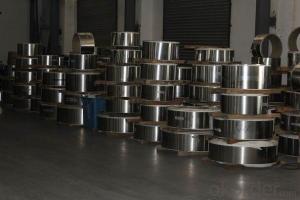Hot dipped galvanized steel strips
- Loading Port:
- China Main Port
- Payment Terms:
- TT OR LC
- Min Order Qty:
- -
- Supply Capability:
- 10000吨 m.t./month
OKorder Service Pledge
Quality Product, Order Online Tracking, Timely Delivery
OKorder Financial Service
Credit Rating, Credit Services, Credit Purchasing
You Might Also Like
Our products are used in steel structure projects and building metallic materials, such as roofing systems, C-shape purlin, U-shape steel channels, welded pipes,and highway guardrails.Our annual production capability has reached 150,000 metric tons.
We have become one of the leading enterprises engaged in the production of hot dipped galvanized steel coils in China, with advanced equipment and technology.
Product Name:hot dipped galvanized steel strips
Features:
1) Available thickness: 1.0mm-3.0mm
2) Available width: less than 700mm
3) Zinc coating mass: 275gsm can be provided as clients' requirements
4) Spangle: regular spangle
5) Surface treatment: chromated or not; oiled or not
- Q: How do steel strips respond to different magnetic fields?
- Steel strips have ferromagnetic properties, which means they are highly responsive to magnetic fields. When exposed to a magnetic field, steel strips align themselves with the magnetic field lines, causing them to become magnetized. The degree of magnetization depends on the strength of the magnetic field and the composition of the steel. Additionally, steel strips can also exhibit temporary magnetism when subjected to a changing magnetic field, known as electromagnetic induction.
- Q: What are the main factors affecting the creep resistance of steel strips?
- The main factors affecting the creep resistance of steel strips include the composition of the steel, the temperature at which it is exposed, the applied stress, and the time duration of the exposure. Other factors may include the presence of impurities, grain size, and microstructural defects within the steel.
- Q: Can steel strips be used in the production of springs or fasteners?
- Yes, steel strips can be used in the production of springs or fasteners. Steel strips are often used to make flat springs or as a base material for coiled springs. They can also be utilized for manufacturing various types of fasteners, such as screws, bolts, and clips.
- Q: How are steel strips used in the production of automotive stampings?
- Steel strips are used in the production of automotive stampings as they are shaped and formed into various components such as body panels, brackets, and reinforcements. These strips are fed into stamping machines where they are pressed and cut into the desired shapes. The strength and durability of steel make it an ideal material for automotive stampings, ensuring the quality and safety of the final products.
- Q: Can steel strips be used in the production of signage?
- Yes, steel strips can be used in the production of signage. Steel strips are commonly used to create durable and long-lasting signs due to their strength, resistance to weathering, and ability to be customized and shaped according to design requirements.
- Q: How are steel strips disposed of at the end of their life cycle?
- Steel strips, at the end of their life cycle, are typically recycled rather than disposed of. They can be collected and sent to steel recycling facilities where they are melted down and transformed into new steel products. This recycling process helps reduce waste and conserve resources, making it an environmentally sustainable solution for steel strip disposal.
- Q: How do steel strips perform in terms of creep resistance?
- Steel strips generally have good creep resistance due to their high strength and stiffness. The low carbon content in steel helps in minimizing the creep deformation at high temperatures and under prolonged stress. Additionally, the microstructure and composition of the steel can also be modified to enhance its creep resistance. Overall, steel strips are known for their favorable performance in terms of creep resistance.
- Q: What is the tensile strength of galvanized steel strips?
- The tensile strength of galvanized steel strips can vary depending on the specific grade and thickness of the strips. However, typically, galvanized steel strips have a tensile strength ranging from 370 to 500 megapascals (MPa).
- Q: How are steel strips used in the railway industry?
- Steel strips are used in the railway industry for a variety of purposes, including the construction of railway tracks, the reinforcement of rails, the manufacturing of train wheels, and as a component in the electrical wiring systems.
- Q: Can steel strips be painted or coated?
- Yes, steel strips can be painted or coated.
Send your message to us
Hot dipped galvanized steel strips
- Loading Port:
- China Main Port
- Payment Terms:
- TT OR LC
- Min Order Qty:
- -
- Supply Capability:
- 10000吨 m.t./month
OKorder Service Pledge
Quality Product, Order Online Tracking, Timely Delivery
OKorder Financial Service
Credit Rating, Credit Services, Credit Purchasing
Similar products
Hot products
Hot Searches
Related keywords

